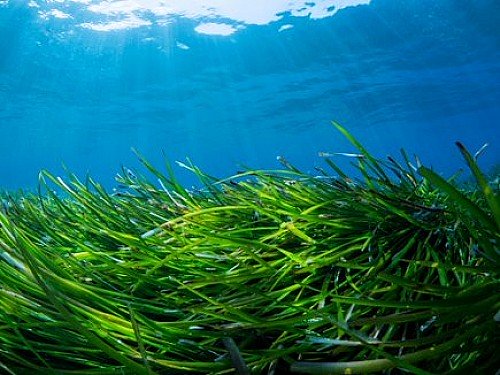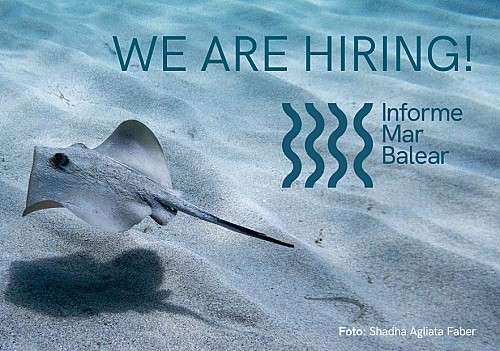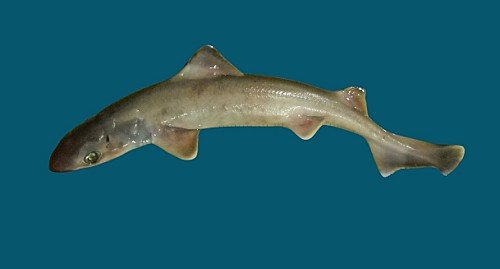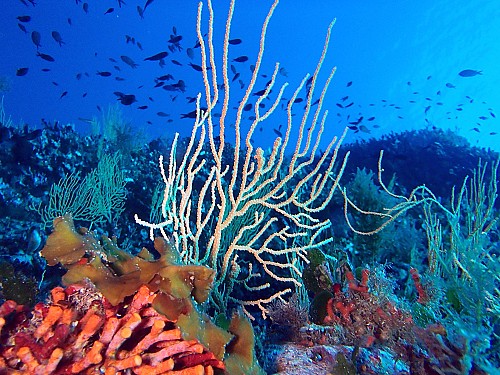Sharing is caring: preserving the sea in the big data era
Article published in Diario de Mallorca 30/09/2020
Throughout history, humankind has been able to generate and accumulate knowledge thanks to the exchange of information. While you read this, billions of data are being generated, collected by billions of devices connected to the internet (mobiles, satellites, cameras, sensors, etc.), feeding the world with big data.
In the sea, some examples of big data are the numerous instruments (buoys, underwater gliders, tide gauges) that transfer real time oceanographic data (temperature, salinity, swell, sea level) through satellites. Hence, we are being inundated in an ocean of data while remaining thirsty for information. To avoid drowning, this excess data must be channeled, classified and shared in a simple format, allowing to transform quantity into quality in order to generate knowledge.
Luckily, the concepts of data transparency and accessibility are becoming increasingly established. Yet, data are neutral tools that can be used for any purpose, and not always the best. This explains why there are still barriers about when and to what extent to share them. Another obstacle is the difficulty to find information available to any citizen, which can prevent data from seeing the light far beyond the department in charge.
What could be the solution? Sharing more data with society to quench our thirst for knowledge and to recognize the intellectual and economic effort of researchers, thus promoting a win-win situation. Among the advantages are: detecting knowledge gaps to redirect research goals; avoiding replication of similar studies; identifying synergies and creating collaboration bridges; and, last but not least, improving knowledge, a key point for decision making.
A positive example of data sharing is the Balearic Sea Report 2020. A project whose main aim is to know the state of the Balearic Sea in order to improve its management. In this report, 25 entities from the Balearic Islands (including scientific institutions, the Balearic Government and the private sector) and more than 60 scientists and technicians have generously shared their data. This information has been structured into a hundred indicators that reflect a sample of: the state of emblematic species and habitats of the Balearic Islands, the quality of bathing water, the main littoral pressures, the actions taken to improve the state of the sea and the economic benefits it brings.
One of the most valuable results of this report is to have established trust and dialogue between the different sectors involved in the Balearic Sea. Together we continue to work on a new version of the Balearic Sea Report (2021), as we have a great shared responsibility to know and take better care of our sea, on which we depend so much. Any citizen can download the report as PDF format (in Spanish, Catalan or English), a real example of data democratization so that we are all aware of the state of our sea, what problems it faces and what are the possible solutions. Because data sharing is caring: www.informemarbalear.org.
Natalia Barrientos, researcher Balearic Sea Report.
Marilles in the media
- 28/10/2025 Ara Balears: "Milers de barques fermades a morts il·legals perjudiquen el fons marí"
- 19/06/2025 Última Hora: "Así es el alga invasora que buscan los científicos en Baleares"
- 22/03/2025 Eldiario.es: "Delfines desorientados y miles de años de posidonia arrasados: la náutica recreativa dispara la presión sobre el Mar Balear"






